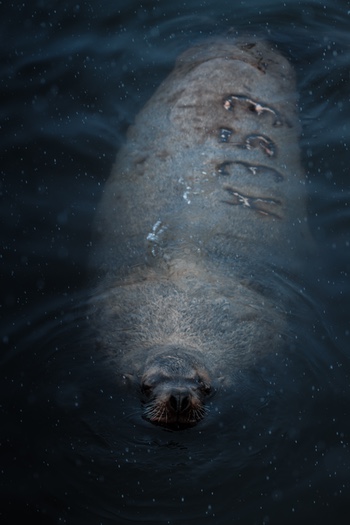20% of Manatee Deaths are from a Condition Called Cold Shock
A long road to recovery
The gentle, slow-moving manatee (sometimes referred to as “sea cow”) is the iconic wildlife of the Florida rivers and coastal areas. These animals were considered endangered in 1973 when their numbers hovered on the brink of extinction. The decrease was due to the threats they faced by speeding boats, water pollution, and loss of habitat. Fortunately, there are over 5,000 in the waters around Florida (as of Jan/Feb 2019) due to conservation efforts.
The speed at which manatees are rebounding is encouraging. It shows that some environmental protection measures are working and saving them. Unfortunately, these animals face other health challenges that could threaten their recovery.
Manatees & cold shock
Manatees are considered somewhat migratory. In the summer, they travel freely around Florida’s rivers and coastal waters, sometimes venturing so far as coastlines of nearby states. In the winter, they come to Florida for warm water refuge areas, looking for waters with temperatures 70 degrees or more. Unfortunately, these areas are less to find for reasons ranging from agriculture to urban sprawl. They are having a harder time finding warm water refuge areas, leading to a condition called cold shock. 20% of Florida manatee deaths are from cold shock. Even if rescued, these animals can be immunosuppressed and at the risk of infection.
Through the Wild Animal Health Fund program, we were able to commission a study researching cold shock and manatee fatalities. What our study found is that there is a way to test them even when they look perfectly healthy to see if they are experiencing Cold Shock. Through this study, veterinarians have been able to develop sensitive, species-specific diagnostics to help these threatened animals. Veterinarians now can be more proactive in helping these beautiful creatures before it is too late.
Knowing more about the gentle manatee is critical when it comes to ensuring that their populations rebound. As a result of this study, we can monitor manatees more closely during rehabilitation, increasing the likelihood that manatees in the care of veterinarians and marine biologists will be successfully released back into the wild.

